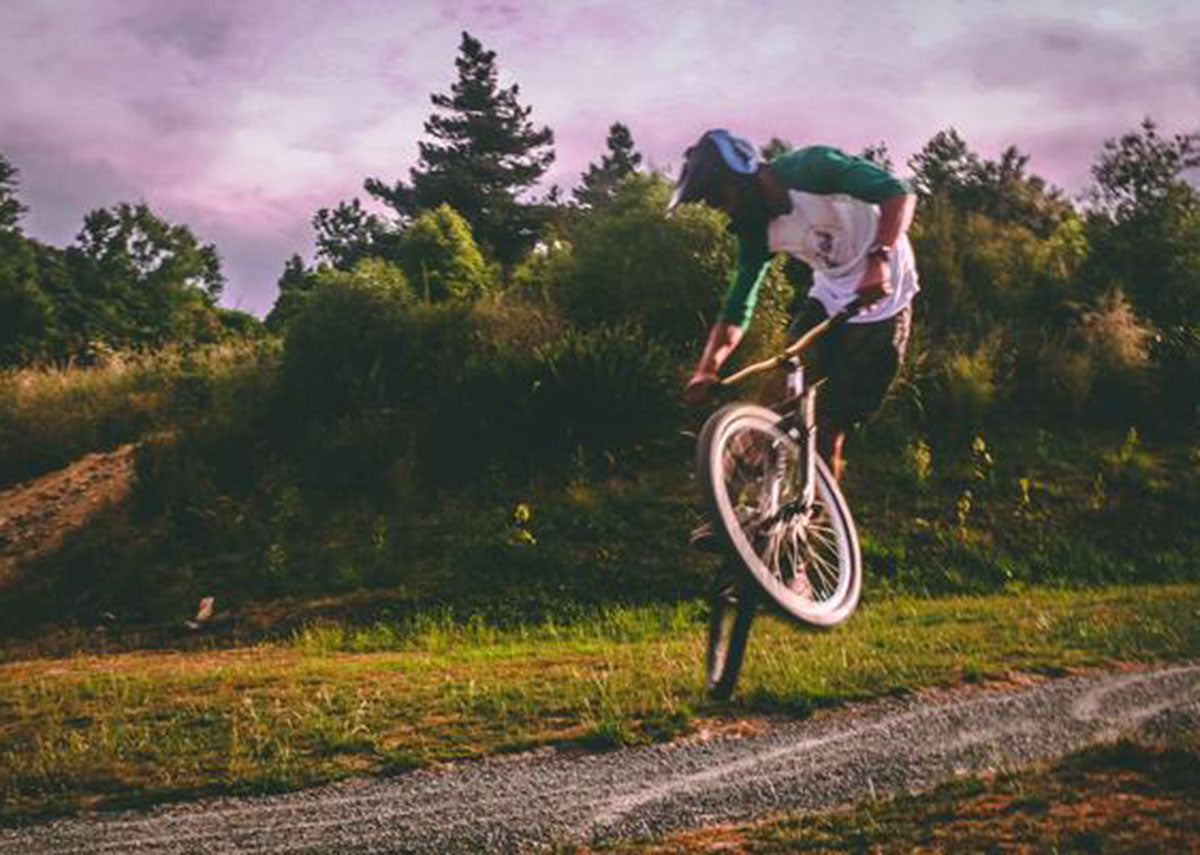Gravel Bike Riding: What do you need to know?
| Mar 23 , 2020
If you’ve been following us for a while, you’ll know we’re HUGE fans of mountain biking. HUGE! We live for the weekends when we can grab our mountain bikes, pads, helmets and our booicore towel changing robe and head for the hills. But our heads have started to turn. No, really! We’re seeing more and more gravel bikes when we set out and for good reason. Gravel riding started off in the US, but its popularity has quickly spread throughout the rest of the world - after all, it’s a great way to explore off the beaten track as well as build your endurance in a similar way to mountain biking. So, what do us mountain bikers need to know about gravel riding? #1 The dress code is “There is no dress code.” Biking is not a water sport (usually) so there’s no set dress code, like a wetsuit and so on. Your best bet is to dress as if you’re going on an XC MTB ride - so loose knee-length shorts and MTB shoes. It’s important to remember, though, that gravel riding is about going long distances and so you need to think about cargo capacity and perhaps invest in a backpack or booicore dirtbag. #2 Punctures will happen, so be prepared. Gravel riding is not paved road riding - the clue is in the name! When you’re riding on gravel you’re constantly subjecting your tyres to thousands of hits from sharp objects, so punctures are inevitable. It’s all part of the fun though and you’ll have plenty of people stop to help you - as they’ll have experienced it themselves many times! Apart from the puncture issue, gravel bikes are pretty resilient as they’re similar to mountain and road bikes in that they’re produced with disc brakes and one-by drivetrains. This helps to nullify the chatter and vibration of riding on gravel, which leaves you free to concentrate on exploring the countryside of England and Wales! #3 Wheel size is important. If you’re a seasoned mountain biker, then you’ll be pleased to hear that gravel bike riders talk a lot about wheel size as well. There are two main wheel sizes to consider when it comes to these adventure bikes: 650B - similar to the medium size MTB 700c - international roadie standard (also known as 29”) Tyres are critical when it comes to gravel riding as they not only affect your rolling resistance but also act as your only form of suspension. The 640B size will allow you to ride with chunkier tyres, which are better for long distances or rougher terrains - as they’ll give you more control and offer a comfier ride. It really is up to you which one you opt for - if you prefer skinnier tyres on your MTB then you’ll probably prefer skinnier tyres on your gravel bike. Moving from mountain biking to gravel riding is a steep learning curve and so you may want to go with an experienced gravel rider the first few times. After all, you’ll be on a different shape of bike attacking routes that are neither on the road, nor traditional off-the-road mountain biking routes. You may even want to go with a professional company such as our friends at Go-Where Ridemor in Scotland, who offer a variety of gravel trips, as well as mountain bike trips, from easy to intermediate. Gravel bike riding is a different experience than mountain bike riding or road riding but it’s great to tackle if you want to develop as a rider. If you do try it out, why not share your experience on social media? Make sure to tag your #booicoremoments of course!

